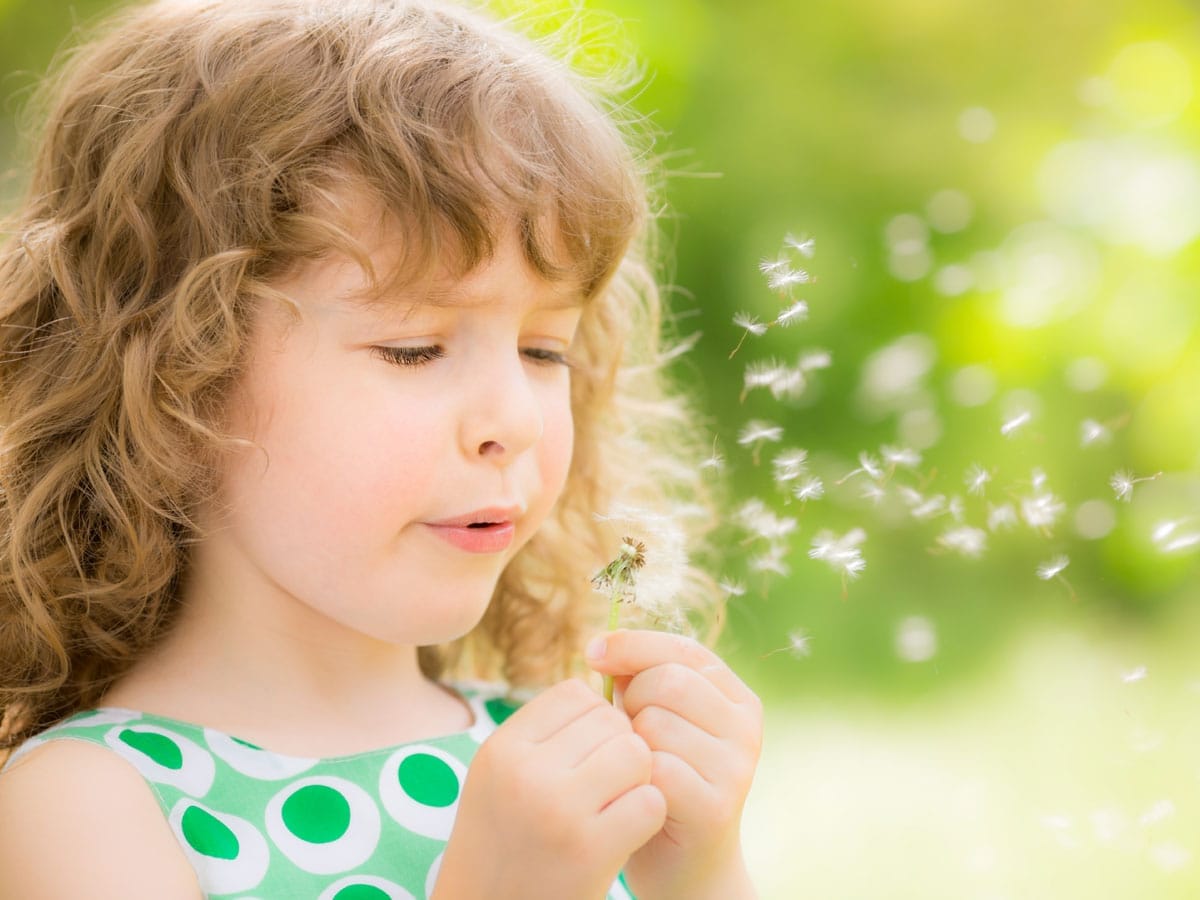The Child Archetype
archAll of us have the child archetype. We all experience her literally in our childhood and carry her within as the inner child that likes to play. This archetypal pattern is a fundamental part of human nature, a template for us all. The lessons we gain from struggles with the child archetype are what bring us into our divine nature, and our authentic selves.
The Inner Child & The Child Archetype
Any modern day discussion of the child archetype likely must start with our understanding of the inner child. The concept of the inner child emerged in psychology, counseling and healing therapy in the 1960’s and came quickly into popularity in a wide variety of professional and communal contexts over the next thirty years. The inner child is basically understood as the component of our psyche that contains what we learned and experienced as children.
Work with the inner child endeavors to uncover unmet desires and needs from childhood as well as immature, shadow patterns that drive detrimental behavior in adults. Depending on the therapist and the client, the inner child can be seen as an aspect of self that needs healing and care and/or an aspect of self that must be parented, mended, and raised up.
The child archetype is different in that it is not purely an aspect of the mental psyche. It is an element of soul. The child archetype is timeless and although aspects of our childhood affect the perspective of our child archetype. It is not set in the past. The child archetype is with us in the here and now, a part of our soul that requires we engage with questions of both innocence and maturity.
Healing the Inner Child
The concept of the inner child is commonly linked with ideas of healing. Many people who have had traumatic childhoods benefit from a process of healing the inner child. Engaging compassion and understanding for the part of themselves that suffered helps patients open up and allow light to shine on memories that may have been hidden away for years. This is beautiful and transformative work that applies to one aspect of the child archetype, the wounded child.
Many people do not have the wounded child archetype, although, so seeing the child archetype in the context of the inner child is too limiting. The child archetype is not composed merely of trauma and memories. The child archetype has many current day motivations and desires that serve people of all ages.
The Motivation of the Child Archetype
First and foremost, the child archetype is concerned with the tension between independence and dependence. Individuation and the need to belong are constant draws for the child archetype within us all. When considering your own child archetype, ask yourself how do you manage the balance between these two extremes? Do you bounce from independence to over dependence? Would you rather not be too dependent on anyone? Do you take on too much responsibility or try to have as few strings attached as possible?
There is no right answer here, just an opportunity to enter into a candid conversation with your own child archetype to start to see how the archetype operates in you.
Understanding your relationship to and feelings about responsibility, will help you understand more about your child archetype. Who do you feel responsible for? I am responsible for my two cats and two horses. They depend on me. Who is responsible for you? Some of you will be able to say “no one”, but many others will have a spouse that is responsible for helping you remember to pay the bills or a parent who is still responsible for reminding you of your sibling’s birthdays. Oftentimes, our supervisors at work are responsible for us whether we want them to be or not. You may feel your doctor is responsible for your health.
Also exploring how involved you are in your family or community will show more about your child archetype. Going with the flow of the group or standing up for yourself are key challenges for the child archetype.
The Art of Presence & Play
The child archetype symbolizes innocence, playfulness, wonder and awe. Nothing helps us better come into the moment and learn the great skill of presence that spiritual masters discuss than the child archetype. Being present is nothing more than detachment from the past or the future and absolute absorption in the moment.
Think of a child at play. Nothing exists but what they are doing at that exact moment. Spiritual seekers spend their entire lives trying to seriously recapture this gift. Enlightenment is mistaken for maturity, but the great teachers tell us that we must embrace innocence and playfulness to find God.
The child archetype is not merely a side of us that needs attention, but a gifted, powerful force within that can help us grasp some of the most profound of life experiences. The child archetype is ever present in the world around us and in the One. Why else would animals play? It is an essential aspect of living, a way to shirk the fears and troubles of the world and for a moment at least come into communion with all that is beautiful.
If you find yourself struggling with how to become present, stop studying, stop trying, just stop with the effort. Take a break. Invite the child archetype in to show you how to play. Play has no obvious purpose, isn’t on a timeline, and draws us in. Find what you like to do, forget what time it is, and put the to-do list away.
The Different Child Archetypes
There are many variations of the child archetype, and we experience different ones to different degrees. Two or three loom large over the course of our entire lifetime, while others come and go. Some names for different child archetypes are the Adult Child, Divine Child, Eternal Child, Golden Child, Invisible Child, Magical Child, Nature Child, Orphan Child, Scapegoat Child, and Wounded Child.
The light and shadow expression of each of these child archetypes is quite different and we may see nuances of more than one of these child archetypes acting in our lives. it is helpful to single out just one that has a primary influence and dig deeper into her patterns.
Listen to Online Class
“The Child: Freeing Your Imagination”
– Determine which child archetype patterns are yours
– Balance the paradoxical sides of the child such as innocence and maturity
– Intentionally incorporate play in your life
– Find your imagination as a faculty of your soul






[…] is worth remembering that all of us have the child archetype. It is one of the essential four survival archetypes that every human being on the planet has. […]
[…] survivor archetypes from birth to death. The other survivors are the victim, prostitute and child. They are the foundation of what it means to be human. The survivors tend to matters of, you […]